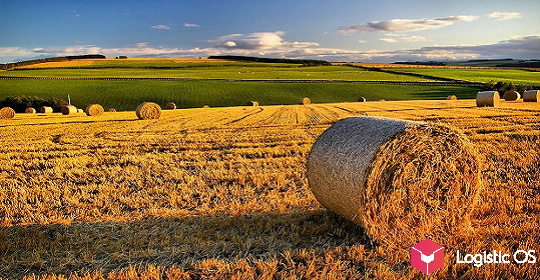Agricultural prices are currently peaking, but many American farmers are braying for losses.
Reason — hurricane Ida added to the problems from the pandemic.
This hurricane hit Louisiana in late August.
This led to massive infrastructure disruptions: over a million people were left without electricity.
In addition, industrial facilities were hit. The Bayer chemical plant, which produces fertilizers (glyphosphate), is one of them.
He still hasn’t recovered his job after the disaster. And farmers are starting to worry about where to get fertilizers for the new season.
Glyphosphate is a critical component in the production of fertilizers for wheat, corn and other crops.
Not so long ago, China was the main exporter of phosphates, but it left the world market to meet its domestic fertilizer needs.
The Chicago-based CF Industries Holdings Inc plant also suspended operations, citing expensive raw materials. And now B ayer was hit by a hurricane.
Many American farmers are already trying to buy fertilizer for the next season or to sign a contract for supply in the future. But often suppliers are not ready to offer them this.
“Everything was already bad. Ida made things worse, ”says Kentucky farmer Ragland.
What problems have American farmers have accumulated?
Many farmers saw the skyrocketing prices for grain and beans as an opportunity to finally get a profit after many years of zero.
But so far it is not working: problems arise one after another.
Logistics first . Many supply chains have been disrupted by the pandemic, negatively impacting business.
In particular, there were difficulties with the delivery of grain and soybeans from the coast of the Gulf of Mexico. And these are products that make up 60% of American exports.
At a time when there is a maximum demand for such products in China, the USA cannot provide them in the required volume!
Secondly, the same fertilizers. It’s time to think about next year’s harvest, but there are no fertilizers. Perhaps the agrarians will adjust their plans with this in mind.
“At current nitrogen prices, this makes me take a close look at my corn acres. It makes me think that we could grow soybeans on some of these acres, ”says Ragland.
Third, the price of fertilizers . In conditions of total deficit, it will inevitably grow.
How to get out of this situation is still unknown. One thing is clear: Hurricane Ida only exacerbated the problems that existed before it.

